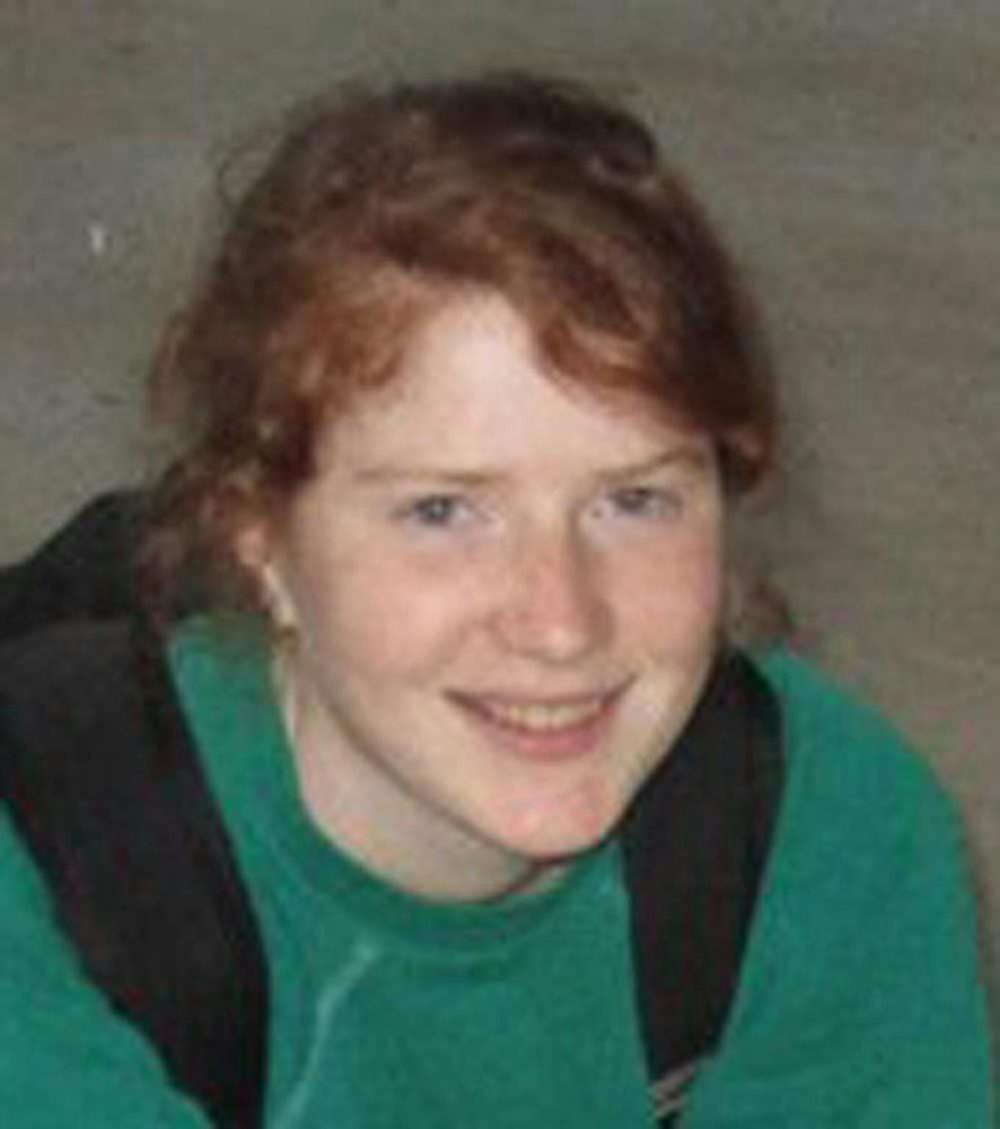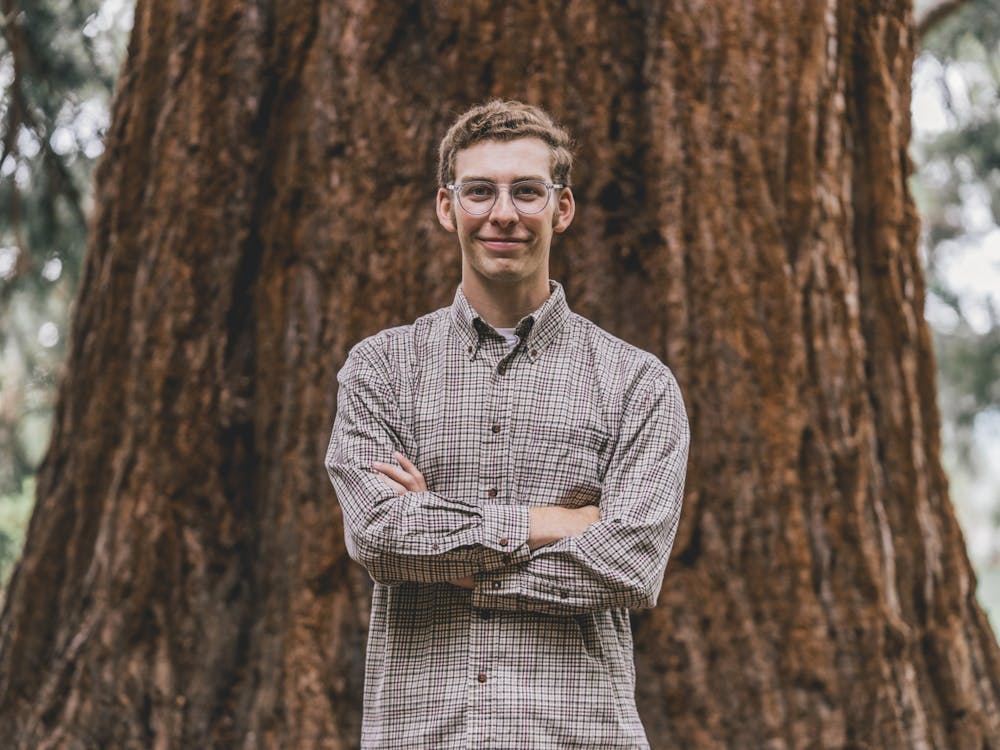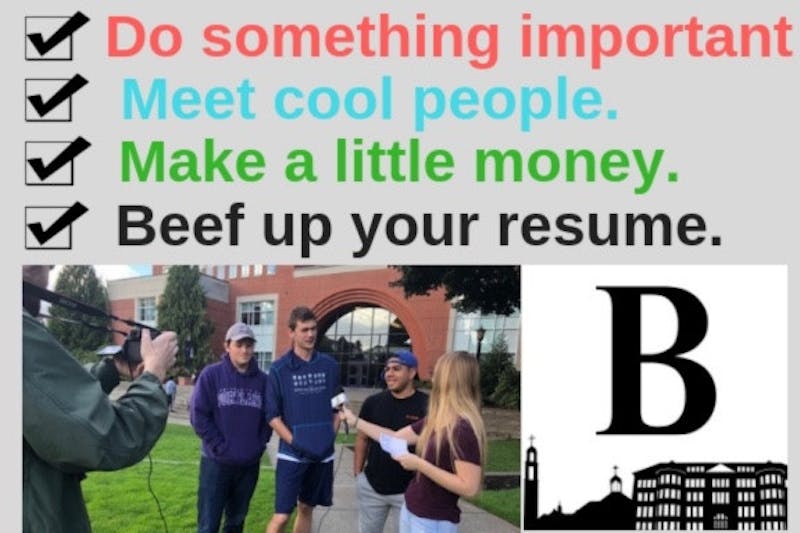(The Beacon)
By Janie Oliphant, Guest Commentary -- The Beacon
The University of Portland has a reputation for sending many of its students with diplomas fresh in hand into a year or two of postgraduate service. Though I have often thought fondly of embarking on a year of service after school, I did not have a very good idea about what that might actually look like. So, this spring break I took the opportunity to go and visit two UP alumni and friends of mine, Emily Sorenson and Zach Clute-Reinig, in Clinton, La., where they are participating in a two-year program called Teach For America.
Teach for America was founded by a Princeton University senior who was looking to create a program that would tackle the education gap in the United States and appeal to high-achieving college graduates. TFA teachers are placed in the lowest achieving schools in the country, predominantly in cities or rural communities where they attempt to drastically raise the students' standardized test scores. Zach and Emily were placed at St. Helena Middle School, in Greensburg, La., which is located in one of the poorest parishes in the state. 94.9 percent of the students in the district are on the free and reduced lunch plan and 95.2 percent are minority children.
Zach and Emily drive half an hour to school each morning at 6 a.m. to a town of 600 people where Emily, who studied biology, teaches sixth grade science and Zach uses his education and English degrees to teach reading classes. I had the opportunity to go to school with them one day and experience their workplace. The first kid I met was one of Emily's 12-year-old students, Kevin. He shyly walked into the classroom before school to help Emily tidy up the room. When he left, Emily explained that Kevin only began attending school two years ago. Before that, he was not even in the system. It makes sense that only 25 percent of the sixth graders passed the state tests last year when considering kids like Kevin.
Though there are cracks in her windows and the room takes on water when it rains, Miss Sorenson's classroom was brightly clad with bulletin boards and posters. Tuesday through Friday, Emily spends 7:30 a.m. to 4 p.m. her time in front of her students enthusiastically asking them pay attention and retain information. Her students range in knowledge and age. One of her best students has a 12th-grade reading level while one of her lower pupils is 15-year-old who has repeated several grades. The day is long and the task is extremely difficult, but not without rewards. After the final bell rings, several students lag behind in the classroom waiting for their bus. While in class students are loud and wild, there are the students who whisper a sweet goodbye and offer their first-year teacher a hug.
The teacher stories are seemingly endless when all of the TFA teachers get together. Emily and Zach both live in houses with other TFA teachers who work at their school or in another neighboring town. Most of the other TFA teachers are also fresh out of school, but I met a married couple that had experienced a few years in the real world before deciding to apply for TFA. The young educators are passionate about their mission and readily told me about the problems at their schools. Zach's housemate, Jessica, is a bright, young English major from Nevada who now teaches kindergarten at one of the nicer elementary schools in the area. She is one of the first black teachers to ever work at her school and was only hired after the federal government mandated that the school employ non-white teachers.
Though the federal court mandated the desegregation of Zach and Emily's school district in 1964, desegregation of schools did not actually occur until 1988, and many of the white children switched to private schools, or their families just moved away from the area. Meanwhile, there are large families of black students who live in decrepit trailers on plots of land that were passed down from sharecropping days. While it is certainly not the majority of their students that come from this type of background, it is not at all uncommon and complicates the dynamic of the learning environment.
The life of a TFA teacher is one of the most challenging that I have come across thus far in the world of postgraduate service opportunities. Being a first-year teacher is a difficult task by itself, but underachieving students and a completely new environment add another level of strain to the lives of the UP alums. However, the change that the teachers make in the lives of their students seems to be well worth the difficulties of the everyday. TFA boasts that the majority of its teachers are just as effective or more effective in teaching than the veteran teachers employed at the same schools. Some criticize that TFA is not a sustainable program for various reasons; however, TFA does well prepare its teachers for difficult trials in life after teaching. While I was distraught by hearing of the hardships that encompass the rural South when I visited Emily and Zach, I also gained a deep appreciation for my friends' courage and willingness to step up to the challenges put before them. I can only hope that I too will one day have the chance to make a difference in the world as they are, and that I will have the nerve to take it.
Janie Oliphant is a sophomore psychology and social work double major. She can be contacted at oliphant13@up.edu.
(The Beacon)








